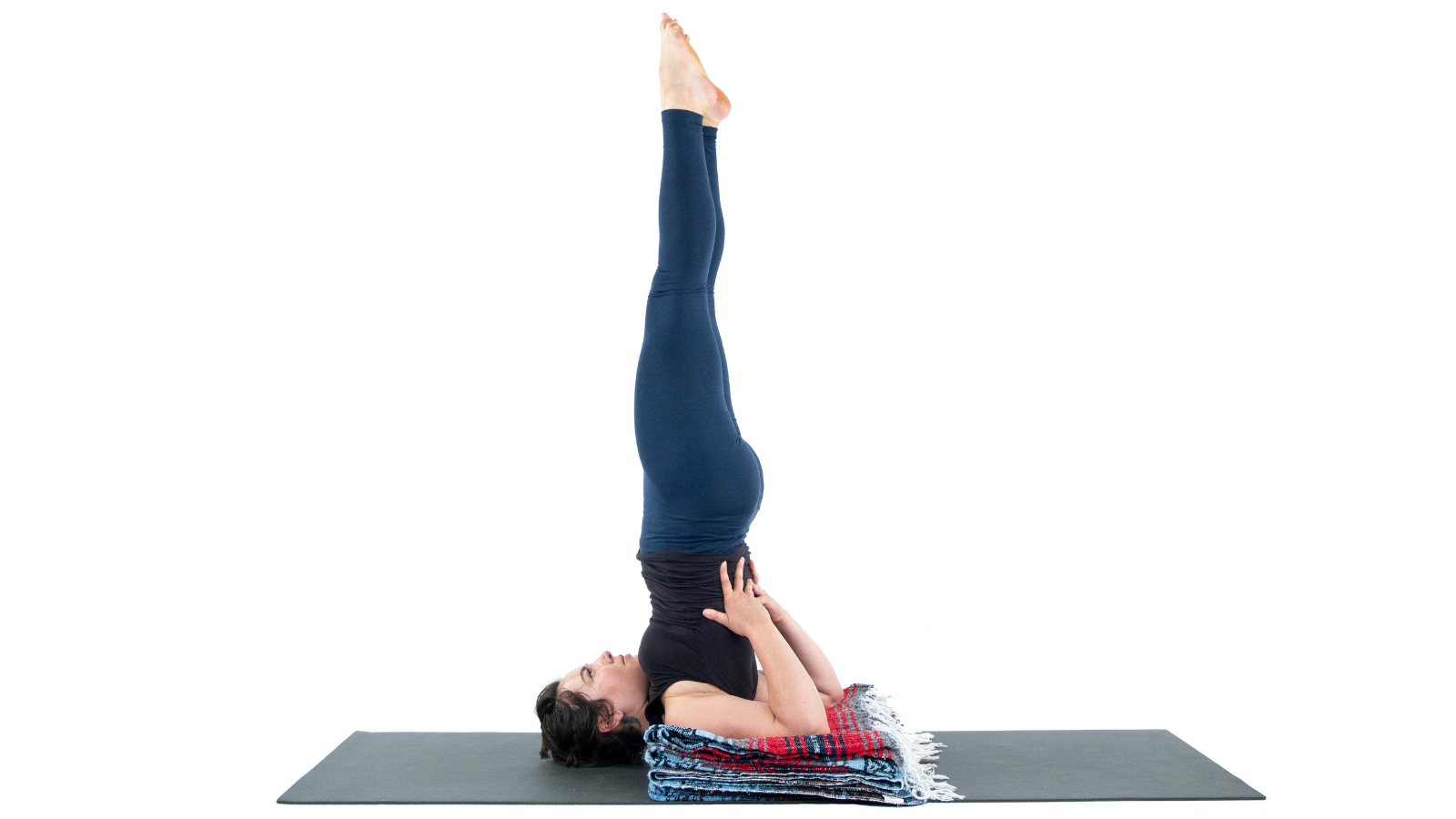Brahma Viharas: 4 Ways to Promote Mental Clarity

I want to have a lucid old age, but the odds aren’t looking good. Start with a family strain of dementia, add growing up in the toxic-chemicals-friendly 1950s, then stir in a rear-end collision that smacked my forehead into the windshield when I was 10, and really, all bets are off. I’d like to believe that doing a yoga practice every day, and most particularly, doing Shoulderstand Pose (Salamba Sarvangasana), will keep me both healthy and clear well into my dotage. But I don’t know that.

As important as the physical practice is, I look elsewhere in yoga for what seems to me the most protective work: the practice of cultivating friendliness, compassion, joy, and equanimity. In Sanskrit, these are called the brahma viharas, or sublime attitudes, literally the “abodes of Brahma.” I believe they are more helpful for anyone looking to become and stay clear than a 10-minute Headstand Pose (Salamba Sirsasana) or a flawless backbend—not that it wouldn’t be better to do both.
The Brahma Viharas in Yoga and Beyond

The brahma viharas are one of the many ideas that yoga philosophy shares with Buddhism, which is also known as The Four Divine Emotions, The Four Immeasurables, and The Four Divine Abodes. They appear in the Yoga Sutras at 1.33, the first in a long line of practices Patanjali gives for making the mind quiet. Here are a few translations:
- By cultivating an attitude of friendship toward those who are happy, compassion toward those in distress, joy toward those who are virtuous, and equanimity toward those who are nonvirtuous, lucidity arises in the mind. — The Yoga Sutras Of Patanjali, Edwin F. Bryant
- Through the cultivation of friendliness, compassion, joy, and indifference to pleasure and pain, virtue and vice, respectively, the consciousness becomes favorably disposed, serene, and benevolent. — Light on the Yoga Sutras of Patanjali, B.K.S. Iyengar
- The tranquility of thought comes through the cultivation of friendship, compassion, joy, and impartiality, in spheres of pleasure or pain, virtue or vice. — Yoga, Discipline of Freedom, The Yoga Sutra Attributed to Pantanjali, by Barbara Stoler Miller
Boost Your Mind and your attitude

So how do the brahma viharas help keep us lucid? Let’s keep the counting of the ways to four, in honor of the four divine emotions, and the Buddha’s love of lists.
- They tell us that our attitude is a matter of choice. Living in a constant attitude of friendliness, compassion, joy, and equanimity is a tall order, and no one can manage it all of the time. But taking it on as a practice means we stay conscious of choosing to feel the way we do and conscious that we can make a different choice. This, in itself, is a stunning piece of clarity.
- They create a friendlier world, internally and externally. Friendliness directed to others most often brings friendliness in return. Better still, you can’t begin to practice being friendly and compassionate to others without turning the same attitudes inward. There is a real sense in which “love your neighbor as yourself” is more of a description of how humanity operates than a prescription of how to act. We can’t really summon more love or compassion for our neighbors than we are capable of showing ourselves.
- They quiet our minds. Friendly, happy exchanges with other people do not need to be parsed over later, looking for the cutting remark you wish you’d said. When we’re at peace with the outside world, the inner turmoil that keeps our chattering minds busy is remarkably reduced.
- A quiet mind is not only able to see more clearly, but it is also physically healthier. Stress, the opposite of the serenity cultivated by the brahma viharas, is now believed to physically damage the brain. Studies have shown that people who report feeling stressed are at greater risk for dementia.
Recently, scientists at UC Irvine published a study showing that that young mice injected with stress hormones for just seven days showed a 60 percent increase in protein beta-amyloid, the main constituent of the amyloid plaques that are a hallmark of Alzheimer’s disease.
That last fact alone is enough to nudge me into a more systematic practice, looking at what comes less readily, trying to improve those of the Divine Emotions that I struggle to feel.
Also, read...
Restorative Yoga: A Sequence to Build and Maintain Resilience
Pranayama: Expand Your Life Energy
Nyasas: Turn Your Body into a Temple
Related courses

Eve Johnson taught Iyengar Yoga for 18 years before being introduced to Spinefulness in 2016. Convinced by the logic, clarity, and effectiveness of Spinefulness alignment, she took the teacher training course and was certified in July 2018. Eve teaches Spineful Yoga over Zoom and offers an online Spinefulness Foundations course. For course information, go to http://spinefulness.ca.



